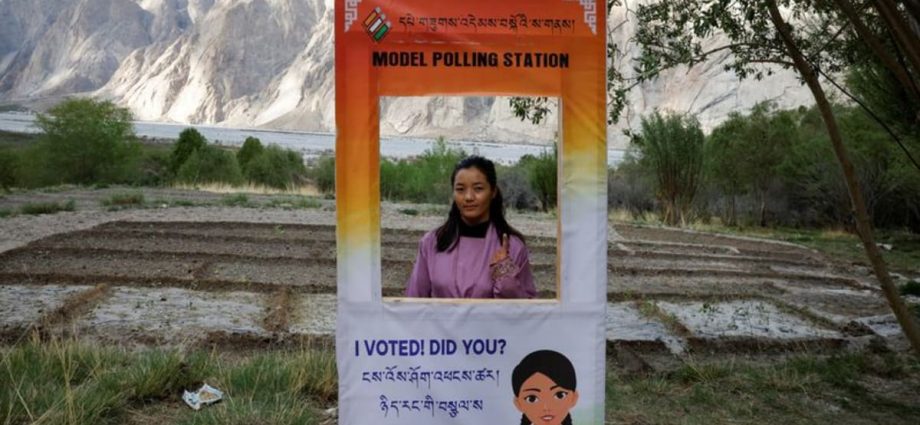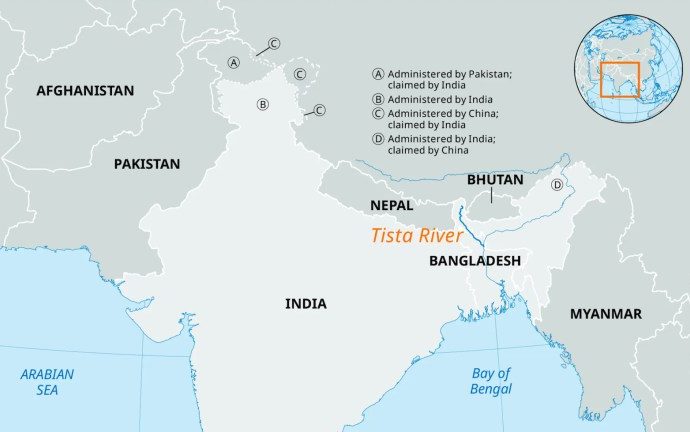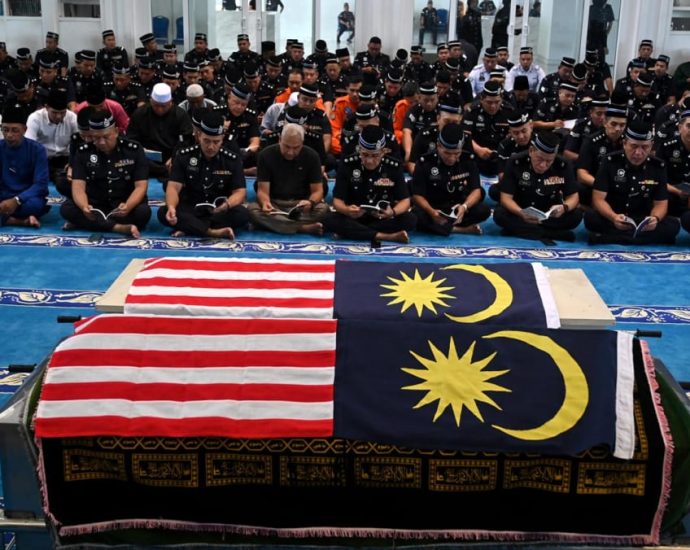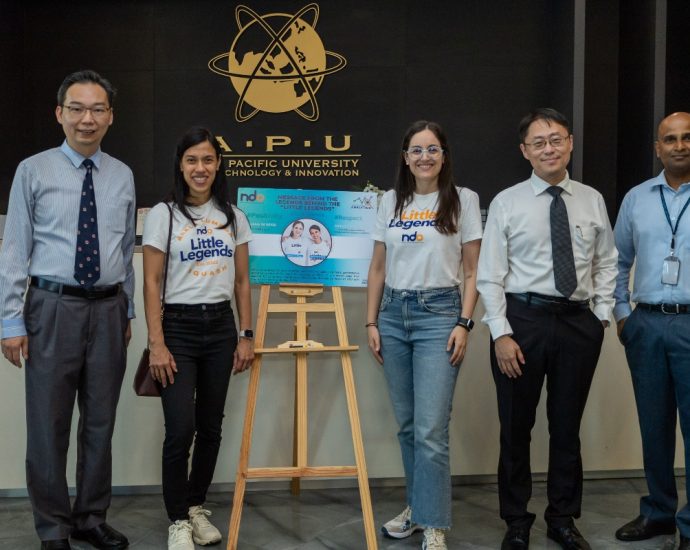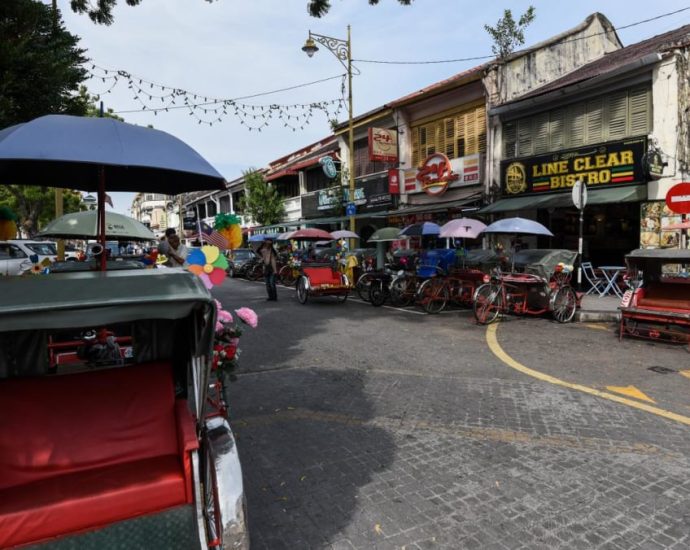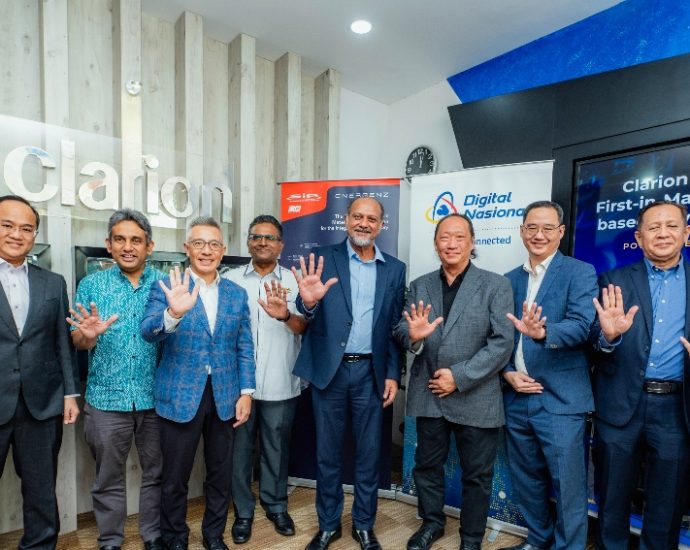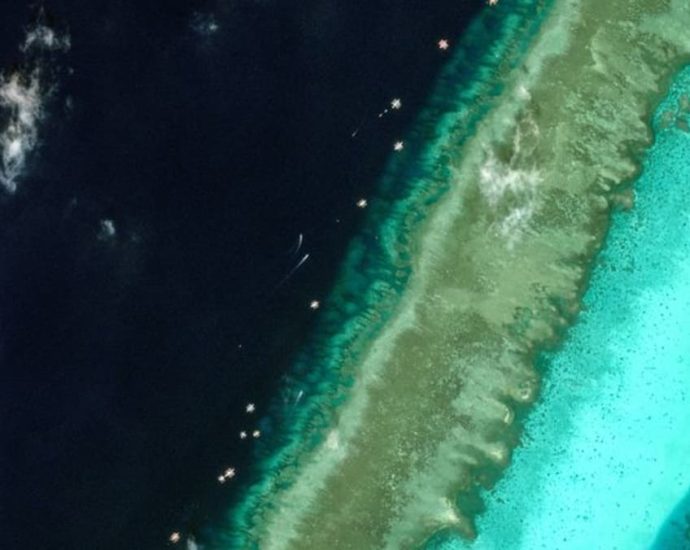Monks and Muslims vote to demand rights for India’s Ladakh
On May 20, Buddhist monks and Muslims in the Indian Himalayan region of Ladakh gathered to cast ballots demanding independence and the preservation of their native culture in the increasingly Hindu-dominated country. About half the folks in the sparsely populated, cold desert place bordering China and Pakistan are Muslim, withContinue Reading

